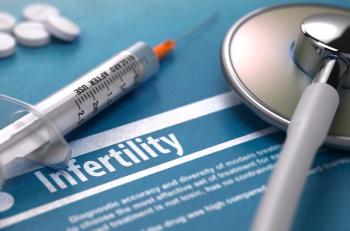
Health-care IT: Study: Technology spending top driver for the cost of health care
It's not health insurance bureaucracy, an aging population or malpractice liability, but rather rampant spending on ineffective and unproven technology that is the top driver of the increased cost of health care in the United States, according to a recent study.
It’s not health insurance bureaucracy, an aging population or malpractice liability, but rather rampant spending on ineffective and unproven technology that is the top driver of the increased cost of health care in the United States, according to an October study released by the
“High and rising health-care costs: Demystifying health-care spending,” was researched and written by Paul B. Ginsburg, president of the
Increases in spending, according to the study, are due to advances in medical technology, which Ginsburg defines as everything from large imaging equipment to drug treatments. The study analyzes three published reports on health-care spending and concludes that 38 percent to 65 percent of spending growth is attributable to substituting and/or expanding lower-cost treatment with a more expensive newly-developed device or drug, which may or may not be more effective.
“Advancing technology may have a particularly large impact on spending in the United States because of few requirements that effectiveness be demonstrated before technologies are used broadly and concern that their application tends to go beyondthose patients likely to benefit the most from them,” Ginsburg writes.
The study encourages policy makers to increase funding for research into the effectiveness of new technology, reform the provider payment system so more expensive treatments are not automatically more profitable, and pass more of the cost to the consumer.
Newsletter
Stay informed and empowered with Medical Economics enewsletter, delivering expert insights, financial strategies, practice management tips and technology trends — tailored for today’s physicians.














